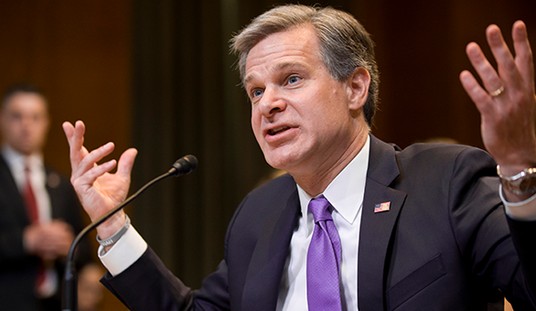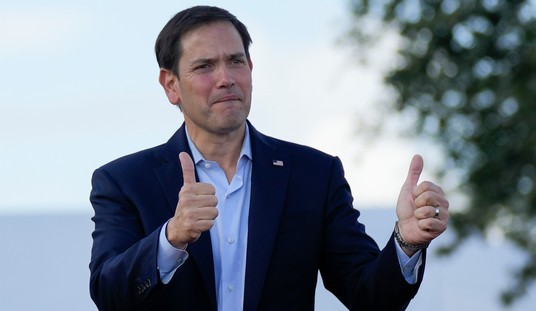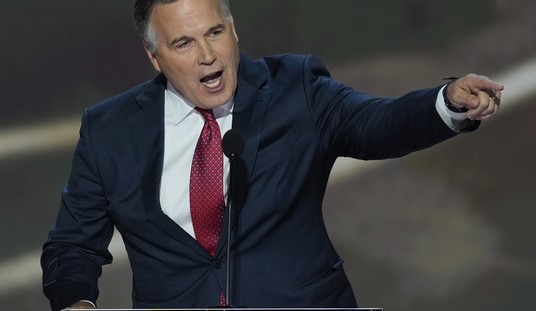Representative Paul Ryan has a bold, ambitious proposal “Expanding Opportunity in America,” to completely remake the American welfare state. Along the way he would also change the federal government’s approach to education, revamp what we are doing in our prison system and much more.
Here is a surprise. Although Ryan’s approach is based on well-known conservative ideas, some on the left are actually praising parts of the proposal – including the editorial page of the Washington Post.
Ryan’s plan shows something I have believed for a long time. All the innovative thinking on how to solve public policy problems for the past 25 years has come from the right. Even ObamaCare started out as a conservative health reform before liberals in Congress completely botched it. Liberals just don’t seem interested in solving problems any more.
Welfare reform. It’s certainly no secret that our welfare system is dysfunctional. There are 185 means tested welfare programs and government at all levels is spending more than $1 trillion on them. Yet the poverty rate today is about as high as it’s been in 45 years.
$1 trillion, by the way, is almost $22,000 for every poor person in America, or $88,000 for a family of four.
There is a reason for the dysfunction. Instead of helping people become self-sufficient and independent, we are paying them to stay poor. We penalize those who work and produce. We reward those who remain idle. Low-income families face the highest effective tax rates in the country – higher than those faces by the very rich. That’s because every time they earn a dollar, they lose welfare benefits.
According to a Congressional Budget Office study [Foot note 17 cited in Ryan’s report] and additional calculations by the House Budget Committee staff [foot note 18]:
Recommended
… a single mother with one child would face an effective marginal tax rate of 36 percent if she began to work part-time. And her tax rate would rise to 42 percent if she worked full-time. A single person with no children, meanwhile, would face effective marginal tax rates of 48 percent and 78 percent respectively. So despite working part- or even full-time, many families wouldn’t be that much better off. In fact, these figures may even understate the problem because they don’t include work expenses, like child care and transportation. Including these additional costs can push the marginal tax rates above 100 percent which means that individuals are actually worse off for earning more.
University of Chicago economist Casey Mulligan estimates that half the excess unemployment we are experiencing can be directly tied to the incentive effects of the loss of entitlement benefits. In other words, half the people who should have a job don’t have one because we are paying people not to work.
So what can we do about all this? Ryan begins with something my colleague Peter Ferrara has advocated for a long time: block grant 11 means tested welfare programs to the states and give them great flexibility in how they use those funds. Then he advocates a case management approach, similar to what Michael Stroup and I proposed almost 30 years ago in Privatizing the Welfare State (study, book).
The ideal welfare system requires "hands-on-management," a system in which the amount and type of aid is determined on a case-by-case basis, depending on the individual circumstances of the recipient.
However, Stroup and I argued that such a system can be run and administered only by the private sector:
There is mounting evidence that the private sector does a better job at getting aid first to those who need it most, at encouraging self-sufficiency and self-reliance, at encouraging the family unit, and at using resources efficiently.
Ryan would allow the states to contract with the private sector. But he wouldn’t require it.
Earned Income Tax Credit. Under this program low-income taxpayers get a “refund,” even though they don’t owe any taxes. Ryan would greatly expand the amount of money adults without children can claim. The EITC program was a Republican idea (proposed by Milton Friedman) that conservatives tend to like because it is pro-work and doesn’t involve a federal bureaucracy – although the forms are terribly complicated, there is a lot of fraud and the phase out of the credit raises marginal tax rates.
K-12 education. Federal education spending Head Start (a political sacred cow that appears to be ineffective) and other programs would be replaced with block grants to the states. Ryan’s hope is that the states will spend the money more wisely.
Higher education. The proposal targets 14 tax benefits costing $36 billion in 2014. This money would be redirected to the students with the greatest needs. In addition, students would have alternative ways of getting an accredited college degree. Ryan writes:
David Bergeron and Steven Kolinsky describe such a system in which “students who complete the preapproved, tuition-free MOOC and also pass the confirmatory [new accreditor’s] assessment would earn accredited course hours from [the accreditor] itself. Enough such courses in the right scope and sequence (say physics from MIT, poetry from Harvard, theology from Notre Dame and so on) could lead to a fully accredited . . .degree.”
Prisons. Ryan would give judges more discretion in sentencing nonviolent offenders and would strengthen rehabilitation programs for prisoners.
Regulations. A special review process would give extra scrutiny to regulations that are especially oppressive for low-income families.
Review of current policies. A Commission on Evidence Based Policy Making would review programs to determine which ones work and which ones don’t.
All told, this is a credible conservative agenda that should get serious attention from everyone, regardless of political party.

























Join the conversation as a VIP Member